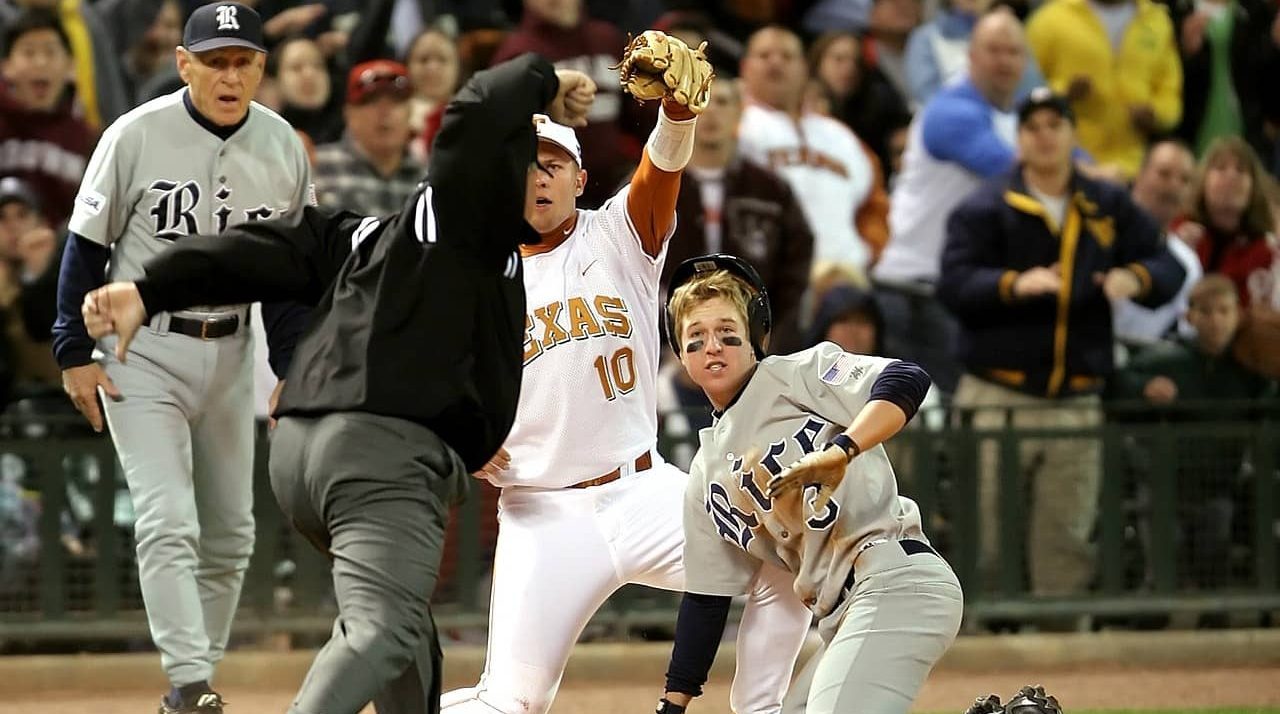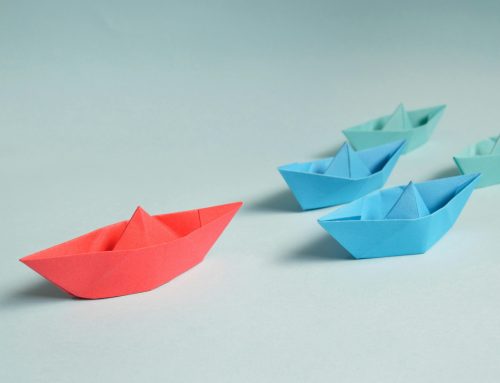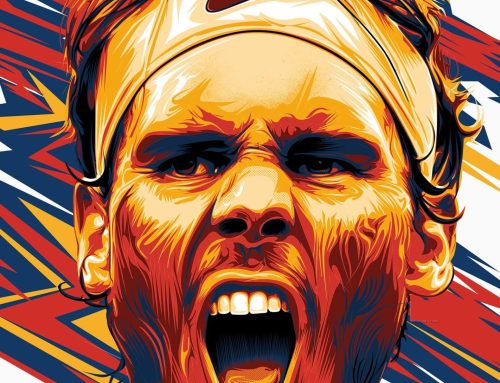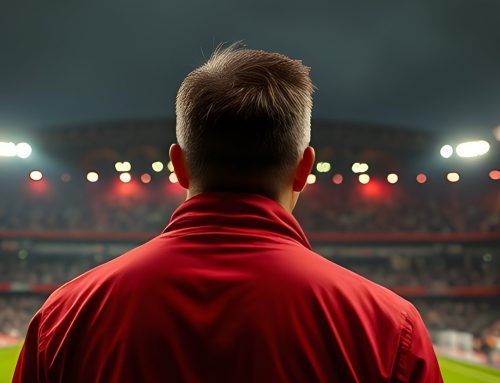Aggression in sport is a topic that sparks both interest and controversy. It’s a characteristic which has both negative and positive connotations, even being seen as an inherent part of many sports. Ever watched the NHL by any chance? For the uninitiated, fist fights in ice hockey are an established tradition, used by players as an outlet for their frustration and emotions to prevent more dangerous actions during matches.
Aggression is often seen as a catalyst for competitive drive and intensity. However, it is essential to distinguish between aggression and violence. At what point does aggression become violence and dangerous?
Understanding Aggression
Aggression can be defined as any intentional behaviour, physical or verbal, aimed at harming or intimidating an opponent [1]. It can manifest itself in various different guises, including physical violence, intimidation, verbal abuse, and unsportsmanlike conduct. It’s rooted in our innate ‘fight-or-flight’ response, in which an individual either attempts to face a threat, or gets away from it as fast as possible. Aggression has both biological and psychological origins. From a biological perspective, aggression is associated with the release of hormones such as testosterone, stimulating a heightened state of arousal and readiness for action. Psychologically, aggression can be influenced by factors such as competition, frustration, and perceived threat.
So, what about aggression in sport?
You can probably tell why most people view aggression as a negative response/characteristic from how it manifests, yet research has found that aggression, if channelled in a positive and controlled manner, can improve sporting performance – just like in ice hockey matches.
For example, aggression in sport in sport can be defined into two categories: Hostile and instrumental [2]
Hostile: Intent of the aggressive behaviour is to injure or harm the opponent. Think unnecessarily aggressive tackles, lashing out and retaliation, or even physical violence (football fans will remember THAT headbutt back in 2006…)
Instrumental: Intent of the aggressive behaviour is to achieve a goal through using aggressive behaviour. Think tactical fouls, physical contact, and other actions that aim to gain an advantage or protect yourself or your team.
Why are people aggressive in sport?
As most issues in sports psychology, there are multiple theories, each of which I could write a blog on. So, for the benefit of this article, I will give an overview of the most relevant theories – the Frustration-Aggression Theory [3], and the General Aggression Model [4].
The frustration-aggression theory states that aggression is a result of frustration of one’s goals being blocked, or unreachable. Essentially, we get frustrated because we can’t reach our goals, and this frustration results in aggression. Meanwhile, the general aggression model suggests our personal and situational factors play a role in how aggressive a person is, believing that this is more down to our personality.
Both theories have their merits and weaknesses. For example, the frustration-aggression model states that every moment of frustration results in aggression and does not account for other internal or external factors, unlike the general aggression model.
Yet, what underlines these theories is our response to stressors – situations or events, both in and out of our control, which cause us to feel stressed, including our environment, memories, past experiences, and perceived inability to complete a task. Also, It is important to note that stressors are very personal; what may cause stress to one person, may seem insignificant to another.
So, how can we deal with aggression?
Very good question if I do say so myself. Now these techniques and strategies will of course vary from person to person, and can be used by both performers trying to manage their aggression in a performance-conducive way, whether they find themselves overly aggressive, or just feel they want to bring more instrumental aggression to their performances, as well as coaches and officials who want to create as safe an environment as possible in sports where aggression may quickly turn from instrumental to hostile.
Goal Setting: Establishing clear goals helps athletes direct their aggression towards achieving specific objectives, rather than becoming consumed by negative emotions.
Establishing clear rules and consequences: This places all performers on the same page regarding the use of aggression and can include disciplinary measures for unsportsmanlike conduct.
Emotional Regulation: Learning to control and regulate emotions is crucial in managing frustration and preventing aggression from spiralling out of control. Techniques such as deep breathing, positive self-talk, visualisation, and mindfulness can help athletes stay composed and focused – all aspects a sports psychologist can support with developing.
Positive Team Culture: Fostering a positive team culture through open and effective communication within teams, emphasising teamwork and co-operation, and encouraging performers to support each other can minimise frustration and misunderstandings that often lead to aggressive behaviours.
Conflict Resolution: Teaching athletes how to resolve conflicts assertively and constructively can prevent aggression from escalating into harmful confrontations.
Finally…
Aggression in sport is a double-edged sword that, when harnessed effectively, can propel athletes to new levels of performance. However, we can’t forget that aggression is certainly not always a benefit to performance and should not be seen that way. Indeed, aggression can be more than detrimental to a performance and wider life outside of your sport.
Performers should not rely upon aggression as a means of performance enhancement, rather those that engage in more aggressive sports, or are more prone to aggressive behaviour should be encouraged to optimise their aggression in performance terms, rather than develop their aggression as a performance skill! By promoting and developing the skills outlined above, while encouraging fair play, we can cultivate a sports culture that embraces the power of aggression while respecting the boundaries of the game.





Leave A Comment